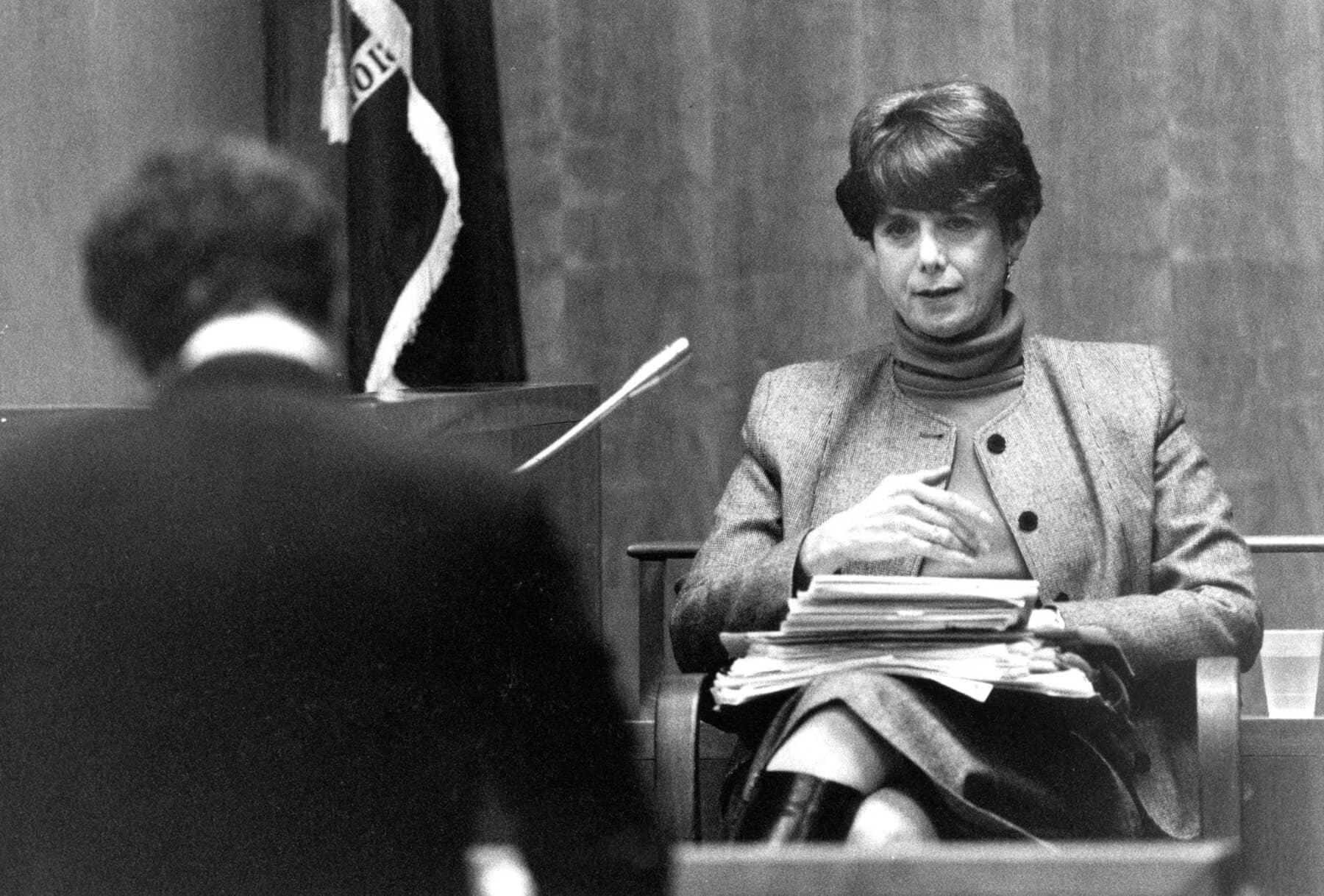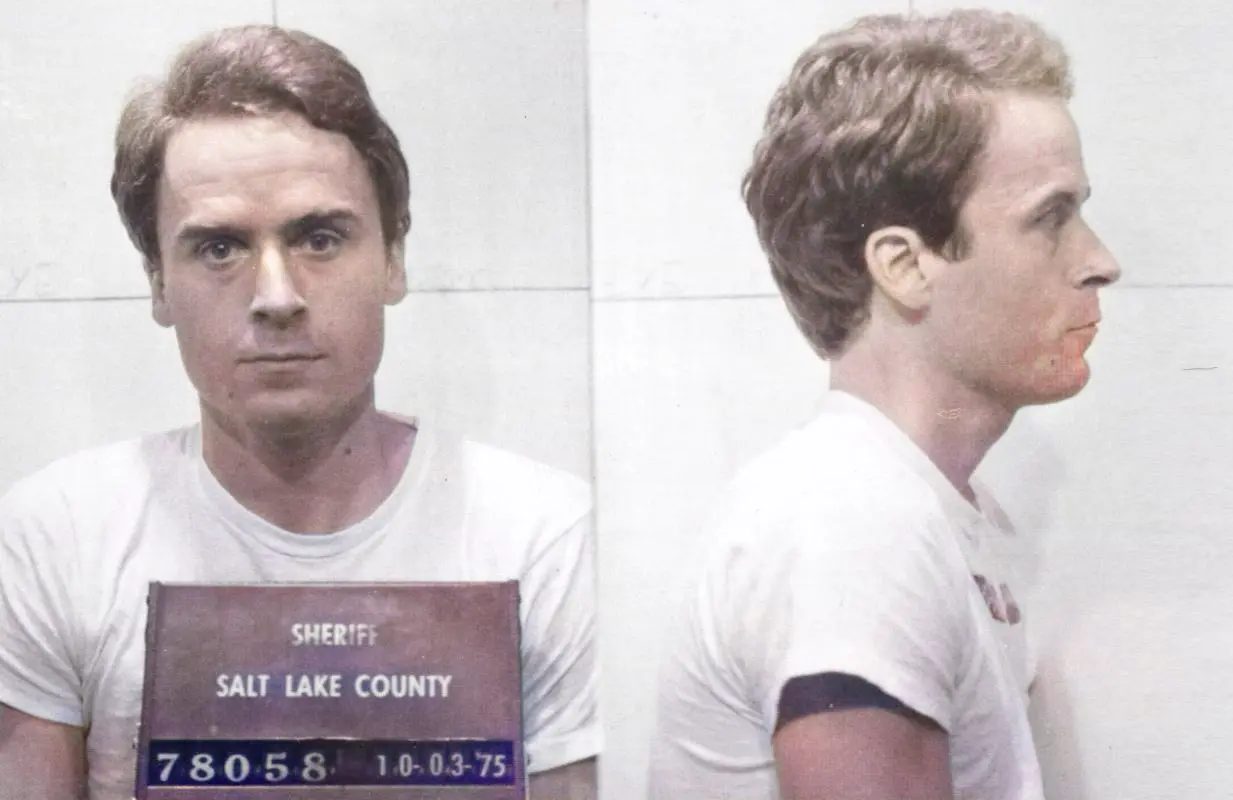
Here’s why ‘Crazy, Not Insane’ is a must-see for fans of true crime
Dive headfirst, fellow TV enthusiasts, into the enthralling world of Crazy, Not Insane, an exploration so chilling, it might make Mindhunter seem like a picnic. Traversing the murkier depths of the human psyche, this forensic focus pulls us into the eerie orbit of psychiatrist Dorothy Otnow Lewis. Here, she dissects the minds of infamous serial killers with unnerving precision, pushing the boundaries of our understanding. Compelling viewing for anyone with an itch for true crime that your average murder mystery simply can’t scratch.

“Unraveling the psychopath’s reel”
The eye-opening HBO documentary, Crazy, Not Insane, presents a macabre waltz between pathology and psychology. Renowned forensic psychiatrist, Dr. Dorothy Otnow Lewis, known for her research into dissociative identity disorders, guides us through this eerie maze, time and again underlining the human capacity for evil.
Crazy, Not Insane demands a heavy emotional investment from viewers, navigating the darkness of the criminal mind. True Crime aficionados will find the documentary satisfies their **nuanced** cravings, successfully marrying the uncanny narrative of Netflix’s Mindhunter with the clinical detachment of Making a Murderer. It chips away at the stereotyping of the ‘monstrous’ serial killer, revealing instead an unsettling humanity at the root of such horrifying crimes.
Undoubtedly, the star of this grim parade is Dr. Lewis herself. Her resilience, scientific tenacity, and empathy raise a gauntlet to skeptics who dismiss her assertions about brain damage and its influence on extreme violence as mere pseudoscience. She is relentless Janus, countering every slam with compelling evidence, giving the term “crazy not insane” a profound depth.

“Truth stranger than fiction”
A character study straight out of a Mr. Robot episode, Crazy, Not Insane showcases Dorothy Otnow Lewis’s valiant attempts to decode murderers, too often relegated to mere caricatures of inherent evil by mainstream media and pop culture. Framing these grotesque acts as symptoms of neurological and psychological dysfunction rather than inherent sin, this HBO documentary flips the true crime narrative on its head.
What is interesting is how fans of the genre are responding to this shift. Far from being repulsed or dismayed, the majority seems more intrigued than ever. In a study done by Dr. Deirdre Johnston, it was found that those who were most captivated by true crime preferred complex character development and intellectual stimulation; ‘Crazy, Not Insane’ delivers that in spades.
Finally, with its unorthodox approach, it does make one ponder about the justice system. Otnow Lewis’s analysis begs the question: are we punishing people for actions over which they have limited control? It’s an unsettling thought, one that underscores the inescapable allure of Crazy, Not Insane. Watch it if you dare. You’ll never look at a true crime tale the same way again.

Bridging the Murderous Abyss
Crazy, Not Insane brutally strips back the wallpaper of humanity to unveil a blood-chilling landscape. Dr. Dorothy Otnow Lewis’ unflinching gaze penetrates the shadowy corners of the criminal psyche, daring us to follow. This HBO special lives in the unsettling gray area between David Fincher’s Zodiac and NBC’s gripping Hannibal, weaving a tale that leaves us teetering on the precipice between revulsion and fascination.
Dr. Lewis’ painstaking analysis draws out the haunting humanity inherent in monsters, spooking our neat categories of good and evil. Crazy, Not Insane confronts its audience with an unnerving paradox, inviting us to view the serial killer as a subject worthy of empathy, not just dread. It is this raw moral tension that secures its place at the peak of true crime powerhouses.
There’s a bitter truth tucked within the layers of Crazy, Not Insane that compels, rather than repels. The series zeroes in on the controversial link between childhood trauma and violent behavior, unblinkingly facing the grim possibility that murderers are made, not born. By proposing explanations rather than excuses, Dr. Lewis encourages us to view these criminals as ‘crazy not insane,’ drawing light to the Jane Austen-like tragedy that steers their blood-drenched paths.

“Dismantling deranged minds”
In Crazy, Not Insane, the macabre dance between pathology and psychology is elegantly choreographed. Renowned forensic psychiatrist Dr. Dorothy Otnow Lewis guides viewers through a chronological procession of cases, effectively shattering the traditional portrayal of the monster serial killer. The journey is both enlightening and chilling.
The emotional toll charged by the HBO documentary is significant. It leverages the eerie narrative structure of Mindhunter and the clinical detachment of Making a Murderer to offer a unique fusion of education and entertainment. It is not a series made to be binged; rather, each episode is an intense experience to be digested slowly.
Throughout our grim procession, Dr. Lewis stands as a beacon of resilience, countering skeptics with a tidal wave of research. The documentary effectively redefines our understanding of “crazy not insane,” providing a depth to the term, highlighting the very real implications of these remained mysteries in neuroscience.
“An unfathomable journey”
Like a gasp-inducing scene plucked straight from a Silence of the Lambs script, Crazy, Not Insane dissects the minds of criminals society deems inherently evil. This exploration deviates from traditional crime narratives by placing a magnifying lens over the potential psychological and neurological origins of such actions.
Audience reception to this thematic turn has been positive; viewers have applauded the focus on character depth over thrill factor. A study by Dr. Deirdre Johnston found true crime aficionados appreciate intellectual stimulation, which Crazy, Not Insane provides in abundance.
Given the thought-provoking nature of its content, it’s perhaps unsurprising that Crazy, Not Insane prompts a deep reflection on the justice system. If the psychological and neurological disorders outlined by Otnow Lewis bear such weight on these crimes, the issue of criminal responsibility becomes vastly complex. The underlying question it poses – are we punishing individuals for actions they may not entirely control? – will leave viewers pondering long after the final credits roll.

Grasping the ghoul within
Crazy, Not Insane provides a meandering, haunting stroll through our worst nightmares, promising to forever color our perspectives on serial killers. The narrative defies our propensity for simplification, prompting a reckoning of our well-guarded assumptions. The series isn’t merely an expedition into the minds of murderers; it’s a vivid autopsy of our understanding of morality, a headlong plunge into the darkest corners of humanity.
This dissection of criminal madness challenges our basic instincts of assigning verdicts or ever ready notions of good and evil. The poise and grace of Dr. Lewis, interwoven with the complexity of forensic science, reveal Crazy, Not Insane as a grave game-changer in the realm of true crime programming. It will stimulate and disturb in equal measure, sluicing through your thoughts like the EastEnders whiskey through Phil Mitchell’s trembling hand.
If you have the grit to explore not just the outcome, but the underlying causes of violent crime, buckle up for Crazy, Not Insane. It’s a trip to the Victorian catacombs of the human mind, shining a Steampunk torch on the frightening implications of nature versus nurture. And, while much of it is darker than a Game of Thrones plotline or Bach’s Fugue in G minor, it’s every inch worth the morbidity. Happy (or perhaps not-so-happy) viewing, true crime connoisseurs.



